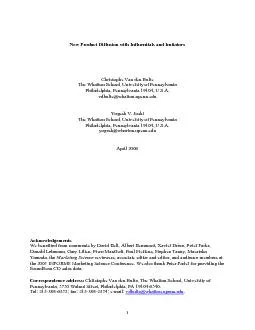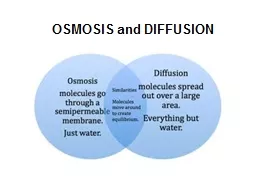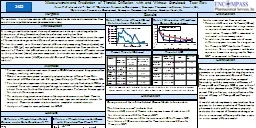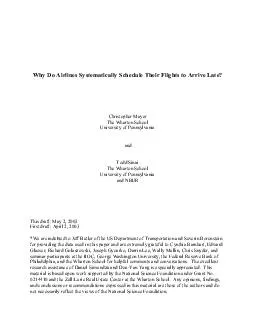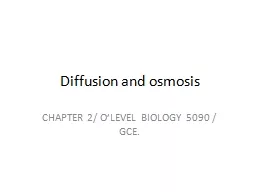PDF-New Product Diffusion with Influentials and Imitators The Wharton Scho
Author : mitsue-stanley | Published Date : 2015-08-11
Under pressure to increase their marketing ROI through more astute targmarketers are rediscovering the importance of social contagion Recent
Presentation Embed Code
Download Presentation
Download Presentation The PPT/PDF document "New Product Diffusion with Influentials ..." is the property of its rightful owner. Permission is granted to download and print the materials on this website for personal, non-commercial use only, and to display it on your personal computer provided you do not modify the materials and that you retain all copyright notices contained in the materials. By downloading content from our website, you accept the terms of this agreement.
New Product Diffusion with Influentials and Imitators The Wharton Scho: Transcript
Download Rules Of Document
"New Product Diffusion with Influentials and Imitators The Wharton Scho"The content belongs to its owner. You may download and print it for personal use, without modification, and keep all copyright notices. By downloading, you agree to these terms.
Related Documents

